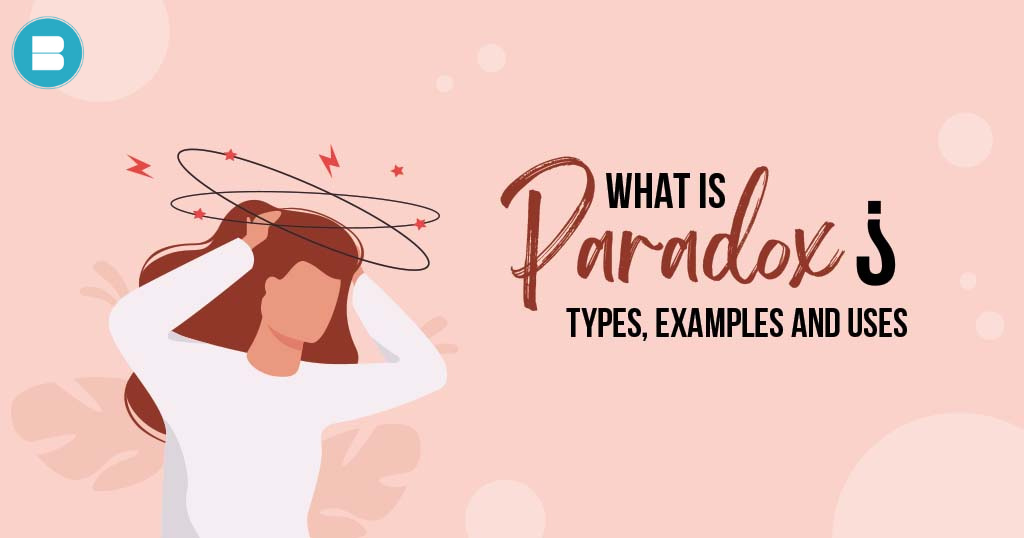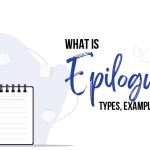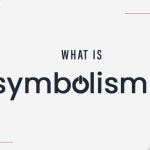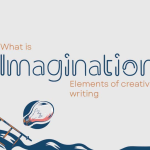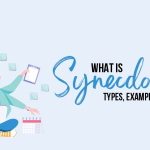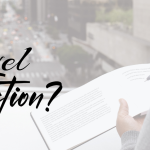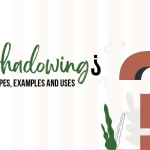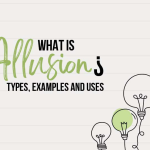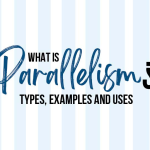Many people have a doubt “What is Paradox“? A paradox is like a riddle wrapped in a mystery, appearing at first glance as a contradiction but, upon deeper contemplation, revealing a hidden truth.
This literary device serves as a catalyst, prompting the reader to peel back the layers and uncover a logical nugget buried within the seemingly self-contradictory statement.
Read: What is Parallelism? Definition, Types, & Examples of Parallelism.
By doing so, the reader is able to shift their perspective and embrace new and alternative ways of understanding.
Paradox is one of the most layered literary devices. The layers are never-ending, but when you finally reach the end, it is the most satisfying feeling. It’s like you’ve won a lost battle. (Maybe)
For example:
“Me, I always tell the truth. “Even when I lie.”
– ScarfaceYou may also like: 5 Act Structure: Definition, Examples and More
This quote seems contradictory, as telling the truth and lying are generally considered to be opposite actions. However, upon further examination, it can be understood to be true in the context of the speaker’s character or situation.
The speaker, Scarface, is a fictional character from the movie of the same name who is portrayed as a ruthless criminal and drug lord. In this quote, Scarface is likely emphasising the fact that he is always true to his own nature, even when he’s lying.
He is admitting that he is a person who lies, but also implying that he is also someone who always tells the truth about himself—that is, he is a criminal who lies, but he also always speaks truthfully about who he is, which is a criminal.
In this way, the quote is a paradox, which emphasises the idea that people can be true to their own nature or character even when they are doing something that is generally considered to be dishonest. It also suggests that the meaning of truth can be subjective, and what one person considers to be the truth may not be the same as what another person considers to be the truth.
The quote also implies that there is a distinction between honesty and morality in Scarface’s world, and he adheres to his own set of rules and values, even if they contradict society’s norm.This adds complexity to the character and makes the audience think about the different aspects of morality, honesty, and what it means to be truthful.
Only ten words, but when they were revealed, we saw an entire being and how its mind works, what its reality is, what it believes in…As a result, it was demonstrated that onions face competition.*just kidding*
Simply stated, a paradox is a statement or situation that contradicts itself or seems to be untrue or impossible. It’s a type of literary device that presents an idea that contradicts itself, yet it can still be true.
Therefore, it can be confused with an oxymoron, but unlike an oxymoron, which is only a phrase or combination of words, a paradox can be a full sentence, a statement, or a concept.
You may also like: Print on Demand vs Traditional Publishing: Which is Right for You?
What is the distinction between an oxymoron and a paradox?
An oxymoron is a phrase or combination of words that contains elements that contradict each other.
It is a figure of speech in which two words with opposing or contradictory meanings are combined to create a rhetorical effect. For example, “bittersweet” or “pretty ugly” are examples of an oxymoron.
On the other hand, a paradox is a statement or situation that contradicts itself or seems to be untrue or impossible. It’s not only a combination of words but can also be a full sentence, a statement, or a concept.
A paradox presents an idea that contradicts itself, yet it can still be true. For example, “less is more” or “This statement is false” are examples of a paradox.
Another key difference between the two is that oxymorons are often used for poetic effect or to express complex emotions, while paradoxes are often used for logical effect and to challenge readers to think critically about the meaning.
Read: Learn easy hacks on how to promote your book on Instagram.
Oxymorons are a specific type of figure of speech that creates a rhetorical effect using contradictory words. Paradoxes, on the other hand, are more general and can be any type of statement that contradicts itself but makes sense when you think about it.
Types of Paradoxes
There are several different types of paradox, each with its own unique characteristics. Some common types of paradoxes include:
- Self-referential paradox: A statement that contradicts itself, such as “This statement is false.”
- Antinomy: A logical contradiction arising from seemingly true premises. For example, “in any group of people, the person who least wants to be the leader is the one who should lead.”
- Epimenides paradox: A statement that contradicts itself by claiming that all statements are false.
- Liar Paradox: A statement that contradicts itself by claiming that it is false.
- Innocence of the defendants paradox: A situation in which all defendants are proven guilty, leading to the conclusion that at least one of them is innocent.
- The Barber paradox: A scenario in which a barber shaves all men who do not shave themselves, leading to the conclusion that the barber must shave himself, but since he only shaves men who do not shave themselves, he cannot shave himself.
- The Achilles and the Tortoise Paradox: a hypothetical race between the swift Achilles and a slow-moving tortoise, in which the tortoise is given a head start. Achilles can never catch up to the tortoise, because by the time he reaches the spot where the tortoise was, it has moved ahead.
- The Cretan paradox: Epiminedes, a Cretan, said that all Cretans are liars.
These are just a few examples of the different types of paradoxes. Paradoxes can be found in many fields, including literature, science, mathematics, and philosophy.
You may also like: What is Situational Irony? Definition, Examples and Tips for Writers
They can be used to explore abstract concepts, challenge assumptions, and create a sense of irony or humor.
How to write a paradox of your own?
Writing a paradox can be a great way to add depth and complexity to your writing, but it’s important to do it in a way that doesn’t confuse your readers. Here are some tips to help you write effective paradoxes:
- Start with a clear idea of what you want to say. A paradox should be used to express a complex emotion or idea, so it’s important to have a clear understanding of what you’re trying to communicate before you start writing.
- Use familiar concepts and ideas. Paradoxes are often more effective when they build on concepts that your readers already understand, so try to use familiar ideas in your paradoxes.
- Make sure the paradox makes sense. A paradox should be contradictory, but it should still make sense when you think about it. Be careful not to create a paradox that is so confusing that your readers won’t be able to understand it.
- Be careful not to overuse paradoxes. While paradoxes can be a powerful tool, they can also be overused to the point that they lose their impact. Use them sparingly, and make sure they are well integrated into your writing.
- Use a variety of techniques to create a paradox. There are many different techniques you can use to create a paradox, such as using rhetorical questions, using opposites, using self-reference, and more. Experiment with different techniques to find what works best for you.
- Revise and edit your work. As you revise, consider if the paradox you have used works well and is effective in conveying the intended meaning. Make sure they are well integrated into the text and easy to understand.
You may also like: Top 10 Real Life Stories to Read Online
Writing an effective paradox requires a clear understanding of what you want to say, using familiar concepts and ideas, making sure the paradox makes sense and not overusing it.
By understanding and using the paradoxes effectively, writers can create more powerful and evocative writing that can challenge readers’ perspectives and make them think more critically.
So if you ever create a paradox, just know you’re unique.
Publish your book for free with BlueRoseONE and become a bestselling author. Don’t let your dream of becoming an author fade away, grab the opportunity now and publish your book – be it fiction, non fiction, poetry or more.
Happy Reading!
You may also read: Fatal Flaw: Definition, Types, Examples and More

